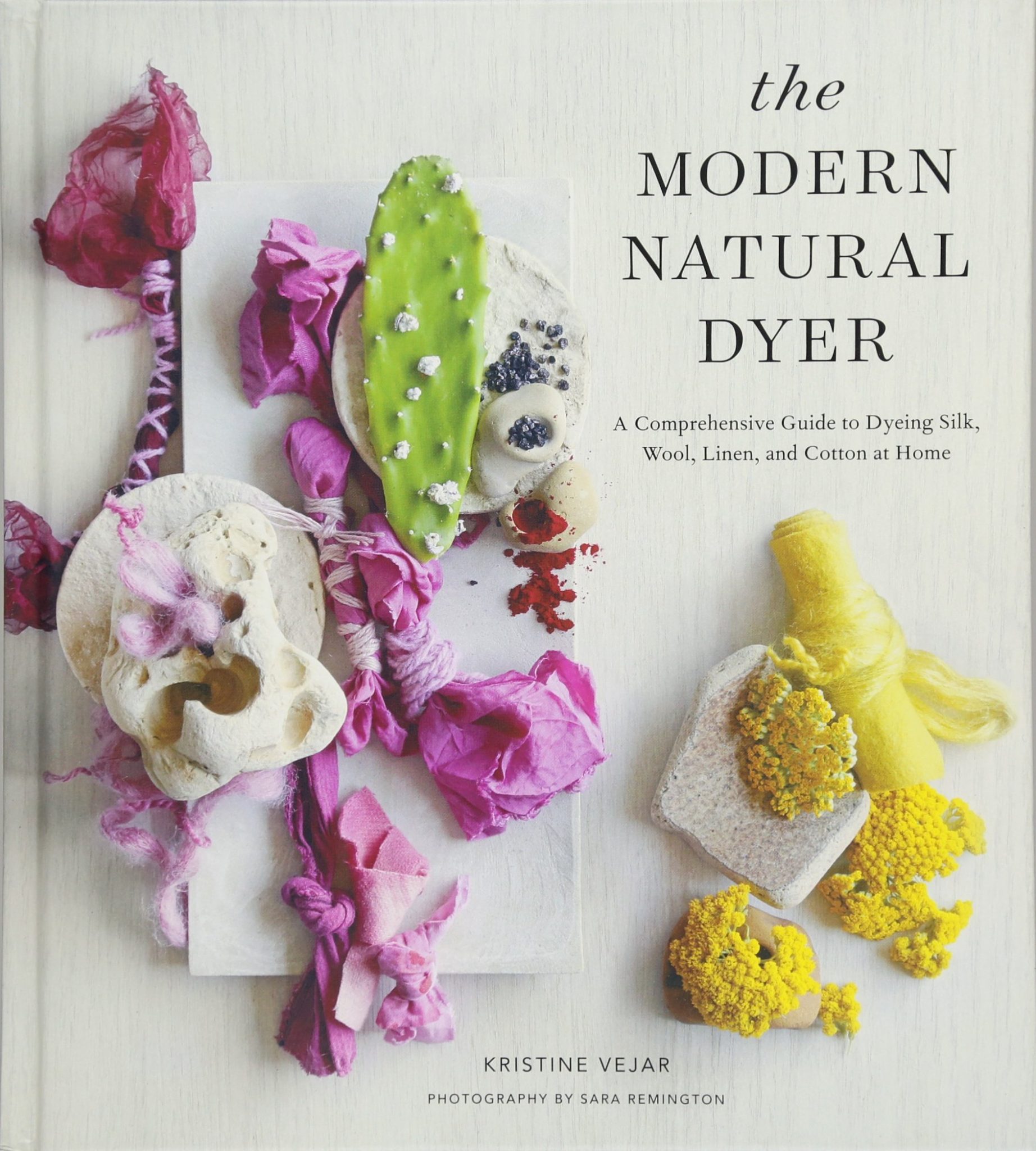This week: Feedback on natural dye books to add to your reference library and what’s the deal with Singapore indigo mold?
Every week, we are emailed with questions from our natural dye community asking simple and complex questions that we thought might be worth sharing. Of course, all of your burning questions are answered by natural dyer in chief, Kathy Hattori, Founder of Botanical Colors.
I have been trying to decide which natural dye book to buy as a reference. There are so many and I am on a budget and want one that feels good as a base to refer to for things like mordanting percentages, etc. I’ve settled on either Colours from Nature or Wild Color by Jenny Dean, but I can’t get my hands on Wild Color from the library to compare. I wondered if you had an opinion on which is more useful as a general text to refer to? Thanks!
If you are interested specifically in Jenny Dean’s work and you already have her first version of the Colours from Nature book, then I would consider Wild Colors, which is really nicely illustrated and has lots of mordant information. My advice when reviewing the mordant ingredients is to avoid the copper (the brilliant blue one) as it is not safe for home use or disposal, but she has 3 or 4 other mordant options which will still give you a huge range of shades. Another well-written book that focuses on raw dye materials and with extracts and includes an indigo recipe and lots of projects is The Modern Natural Dyer, written by Kristine Vejar of A Verb for Keeping Warm.
I’ve used your alum acetate for a while, and successfully used 5% wof on cellulose fibers. I notice in the new Ellis/Boutrup book that there are different types of aluminum acetate listed (in the recipes section – 11A-11D), some of which require considerably higher concentration. Can you clarify the type of alum acetate you sell?
We sell Aluminum Acetate Dibasic, and use it at 5-8% wof. We normally mordant with a post-bath of 5% calcium carbonate and have been getting beautiful results. All of the Ellis recipes recommend a tannin pre-treat with aluminum acetate, which we have also used to great success, but then we do not apply a post-bath in this case.
SHOP: The Art and Science of Natural Dyes: Principles, Experiments, and Results by Joy Boutrop and Catharine Ellis
I have been having such great fun with my natural dye journey since discovering your online shop.
However, in my last couple of fructose vats, I’ve noticed that after 2 days or so there are a few white spots/specks on the surface of the vat that I suspect are mold (they don’t look like sediments you find in ferrous vats). I’m thinking it might have to do with the fact that the weather here in Singapore is 86-95 degrees F all year round. What do you think I should do?
Glad you are having fun in Singapore! If you do suspect that it is a mold, simply skim it off and discard it. If it’s something else, it’s not a normal part of the indigo process, so either stir it back in or skim it and throw it away.
Don’t forget our Hurry up, Spring 10% off SALE ends March 20th! Enter SPRING10 under COUPON at checkout.

